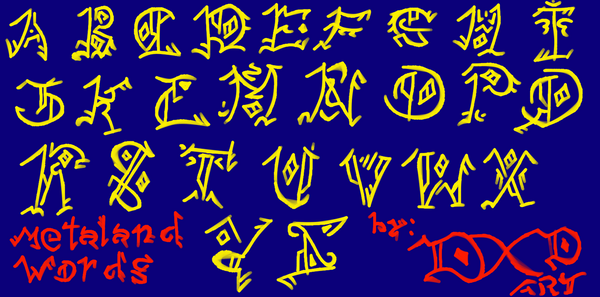HOME | DD
 dscript — The Lion and the Mouse - Dscript text art stories
by
dscript — The Lion and the Mouse - Dscript text art stories
by

Published: 2013-01-13 14:15:48 +0000 UTC; Views: 744; Favourites: 1; Downloads: 17
Redirect to original
Description
Delving into a classic fable here, this time it is the famous mouse that helped the lion. The moral being that even a mouse at times can be of help to an animal as power full as a lion.The text is done up in Dscript (Dimensional Script, a way for merging all the letter of a word into a single symbol). I used to include the English text in the graphic, but it occupies even more space than the Dscript so the picture size started getting to big. I do have bandwidth restrictions





Here is the original text to the story
THE LION AND THE MOUSE
A Lion lay asleep in the forest, his great head resting on his paws. A timid little Mouse came upon him unexpectedly, and in her fright and haste to get away, ran across the Lion's nose. Roused from his nap, the Lion laid his huge paw angrily on the tiny creature to kill her.
"Spare me!" begged the poor Mouse. "Please let me go and some day I will surely repay you."
The Lion was much amused to think that a Mouse could ever help him. But he was generous and finally let the Mouse go.
Some days later, while stalking his prey in the forest, the Lion was caught in the toils of a hunter's net. Unable to free himself, he filled the forest with his angry roaring. The Mouse knew the voice and quickly found the Lion struggling in the net. Running to one of the great ropes that bound him, she gnawed it until it parted, and soon the Lion was free.
"You laughed when I said I would repay you," said the Mouse. "Now you see that even a Mouse can help a Lion."
A kindness is never wasted.
Dscript is a "constructed script". Constructed scripts are invented writing systems. "invented writing system" is most commonly intended to mean "invented in a single generation as opposed to evolving over many generations", natlangs(Natural Language) are what we call languages that have evolved for many generations, conlangs(Constructed language) are what we call the new ones.
Dscript was originally a "directional constructed script", this means it could be written both vertically and horizontally with a single pen stroke design. Over time it evolved into its current form, a "dimensional constructed script" which allows the "letter strings" of the directions script to be wrapped up, contorted, forked, and even have letters placed inside of other letters.

























